Proposed Excise Duty on Imported Materials: What It Means for Kenya’s Construction Sector
The construction industry in Kenya has long been a pillar of economic growth, driving infrastructure development, creating jobs, and providing a foundation for urban expansion. However, a new challenge has emerged: the proposed 35% excise duty on imported construction materials, including sanitary ware and tiles. While intended to boost local industries and increase government revenue, this tax proposal has sparked heated debates among stakeholders, with concerns about its potential impact on the already strained sector.

Understanding the Proposed Excise Duty
The Kenyan government recently announced plans to impose a 35% excise duty on imported construction materials. This move is part of broader efforts to encourage the consumption of locally manufactured products, reduce reliance on imports, and support the growth of domestic industries. While the policy aligns with Kenya’s industrialization goals under Vision 2030, its implications for the construction industry could be far-reaching.
Imported materials like tiles, fittings, and sanitary ware currently make up a significant portion of the building supplies used in both residential and commercial projects. These materials are valued for their quality, variety, and affordability, making them an integral part of Kenya’s construction ecosystem.
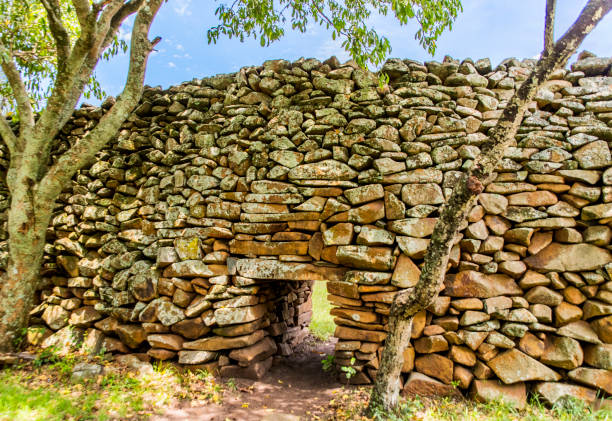
The Potential Impact on Construction Costs
The introduction of a 35% excise duty will likely lead to an increase in the prices of imported materials. Developers and contractors, already grappling with rising costs of steel, cement, and other essential supplies, may face even greater financial strain. For instance:
- Higher Project Costs: The increased cost of imported materials will drive up overall project budgets, potentially delaying or scaling down construction projects.
- Impact on Housing Affordability: With Kenya’s housing deficit standing at over 2 million units, higher construction costs could make housing less affordable for low- and middle-income families.
- Economic Ripple Effects: A slowdown in construction activity could impact related industries, from transportation to small-scale suppliers, and reduce job opportunities in the sector.
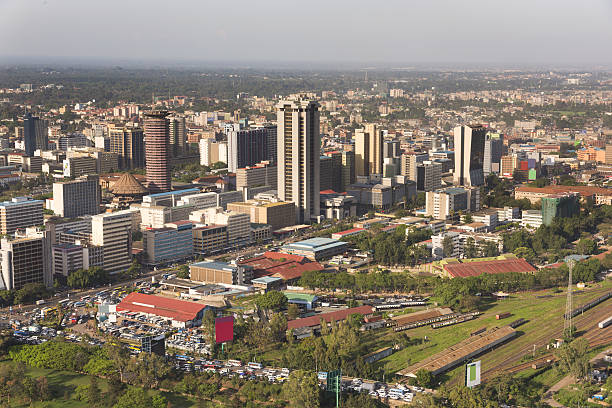
Challenges for Local Manufacturers
While the excise duty aims to protect and promote local manufacturing, it raises questions about whether Kenya’s local producers are ready to fill the gap. Many local manufacturers face challenges such as high production costs, limited capacity, and inconsistent quality standards. Without significant investment and support, they may struggle to meet the increased demand for construction materials.
Moreover, consumers and developers accustomed to the variety and quality of imported products may find local alternatives less appealing, further complicating the transition.
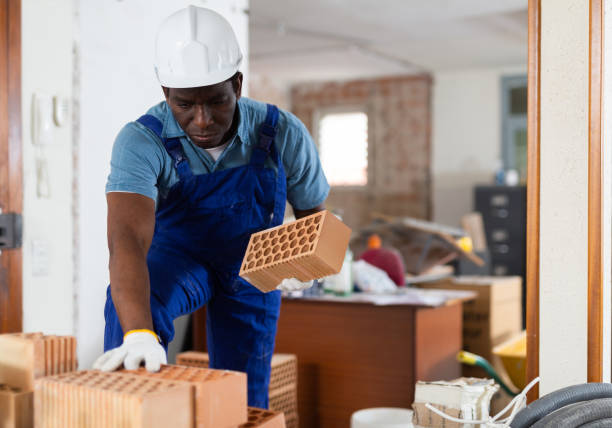
Stakeholder Reactions and Concerns
The proposed excise duty has elicited mixed reactions from various stakeholders:
- Industry Associations: Organizations such as the Kenya Association of Manufacturers (KAM) have voiced concerns about the policy’s timing, arguing that it could hurt businesses already reeling from the effects of inflation and global economic challenges.
- Real Estate Developers: Many developers fear the duty will escalate construction costs, making it difficult to deliver affordable housing projects and meet market demand.
- Consumers: End-users are likely to bear the brunt of higher costs, with potential price hikes for housing and commercial properties.
The Bigger Picture: Balancing Growth and Protectionism
The proposed excise duty highlights a critical balancing act for Kenya’s policymakers. On one hand, protecting local industries and promoting self-reliance are vital for long-term economic resilience. On the other hand, imposing steep tariffs on essential imported materials risks stifling growth in one of the country’s most dynamic sectors.
To achieve this balance, the government must adopt a holistic approach:
- Support Local Manufacturers: Invest in capacity building, technology, and infrastructure to enable local producers to compete with international brands in quality and scale.
- Gradual Implementation: Introduce the excise duty in phases, allowing the industry time to adjust and local manufacturers to scale up their operations.
- Tax Incentives for Developers: Offer tax breaks or subsidies for construction projects that use a significant percentage of locally sourced materials.
- Engage Stakeholders: Create a platform for dialogue with industry players to address their concerns and co-create solutions that benefit all parties.
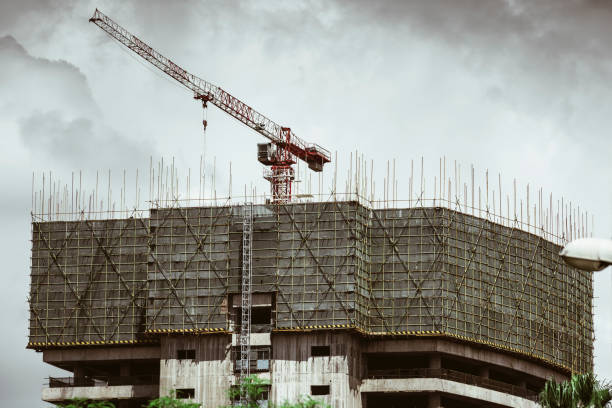
Opportunities Amid Challenges
While the excise duty poses challenges, it also presents opportunities for innovation and growth in Kenya’s construction sector. Entrepreneurs can explore alternative materials and construction methods that reduce reliance on imports. Additionally, the policy could encourage partnerships between local and international manufacturers to enhance product quality and availability.
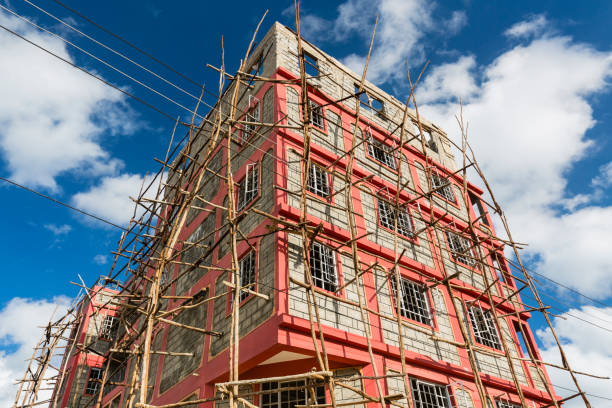
Conclusion
The proposed 35% excise duty on imported construction materials has sparked a critical conversation about the future of Kenya’s construction industry. While its goals of promoting local manufacturing and reducing import dependence are commendable, the policy must be implemented with caution to avoid unintended consequences.
As Kenya navigates this complex issue, collaboration between the government, industry stakeholders, and consumers will be key to ensuring a thriving construction sector that drives economic growth while supporting local industries. With the right strategies, this challenge could become an opportunity to build a stronger, more self-reliant Kenya.
